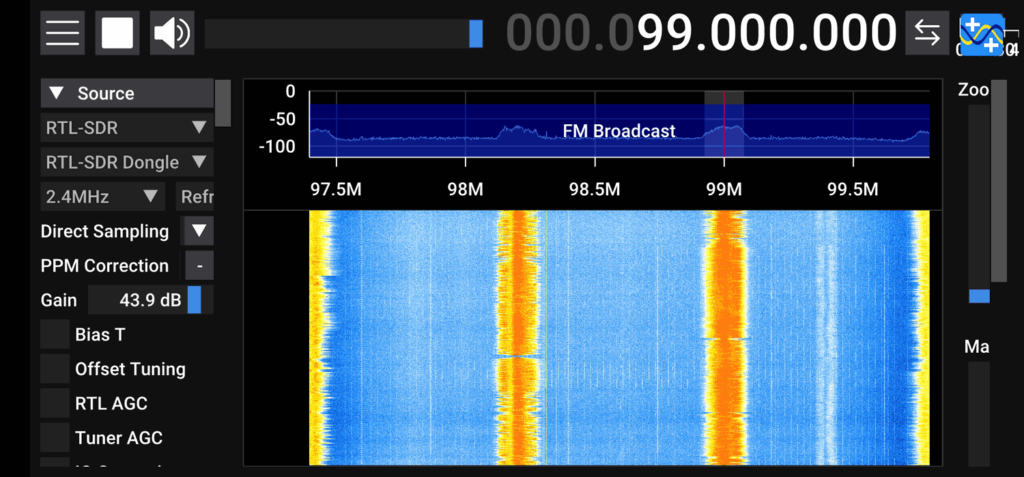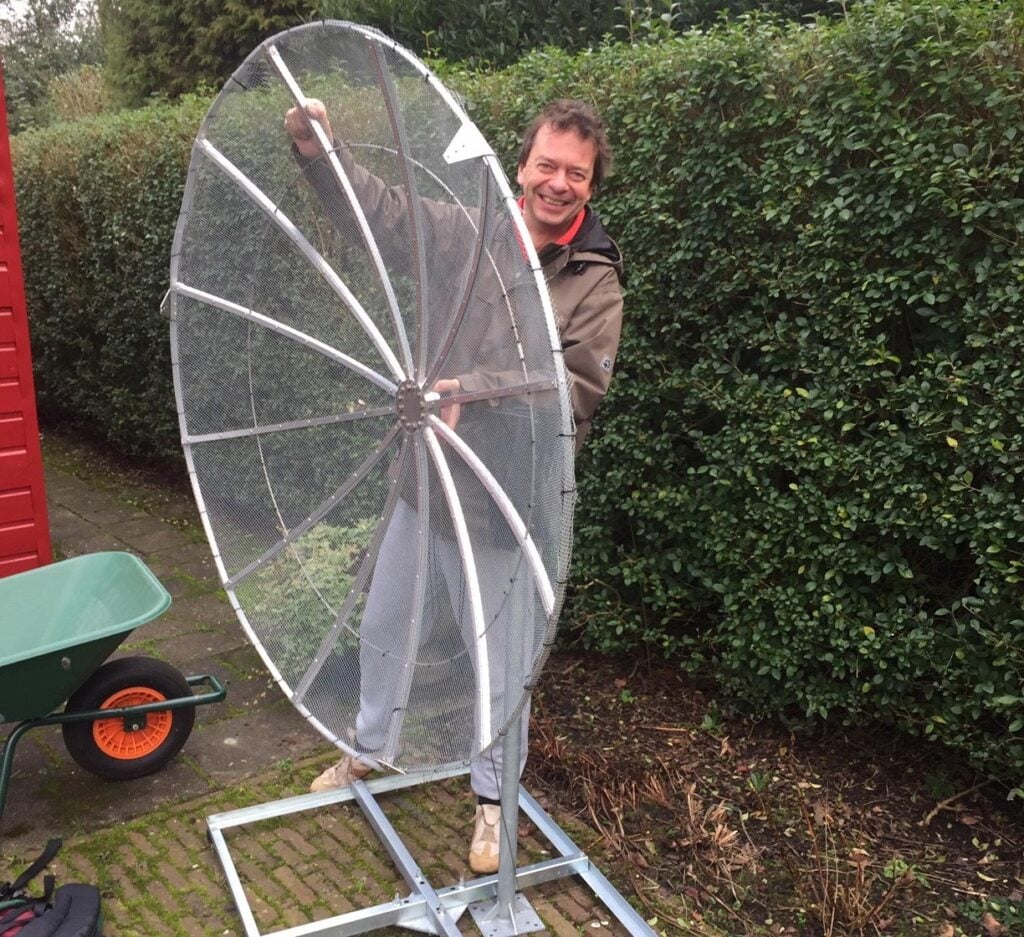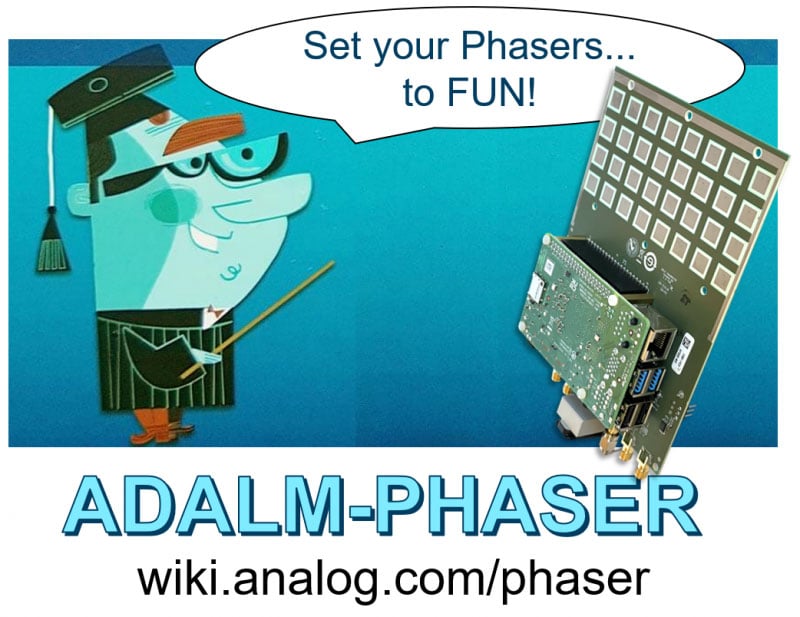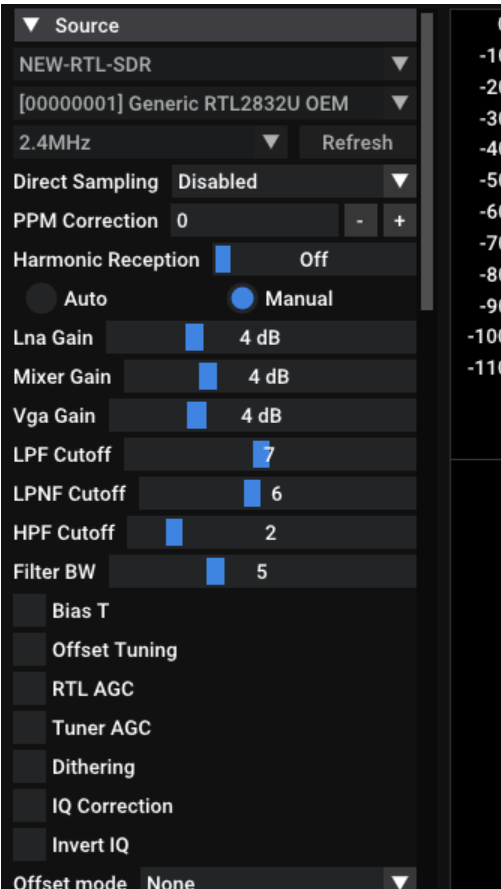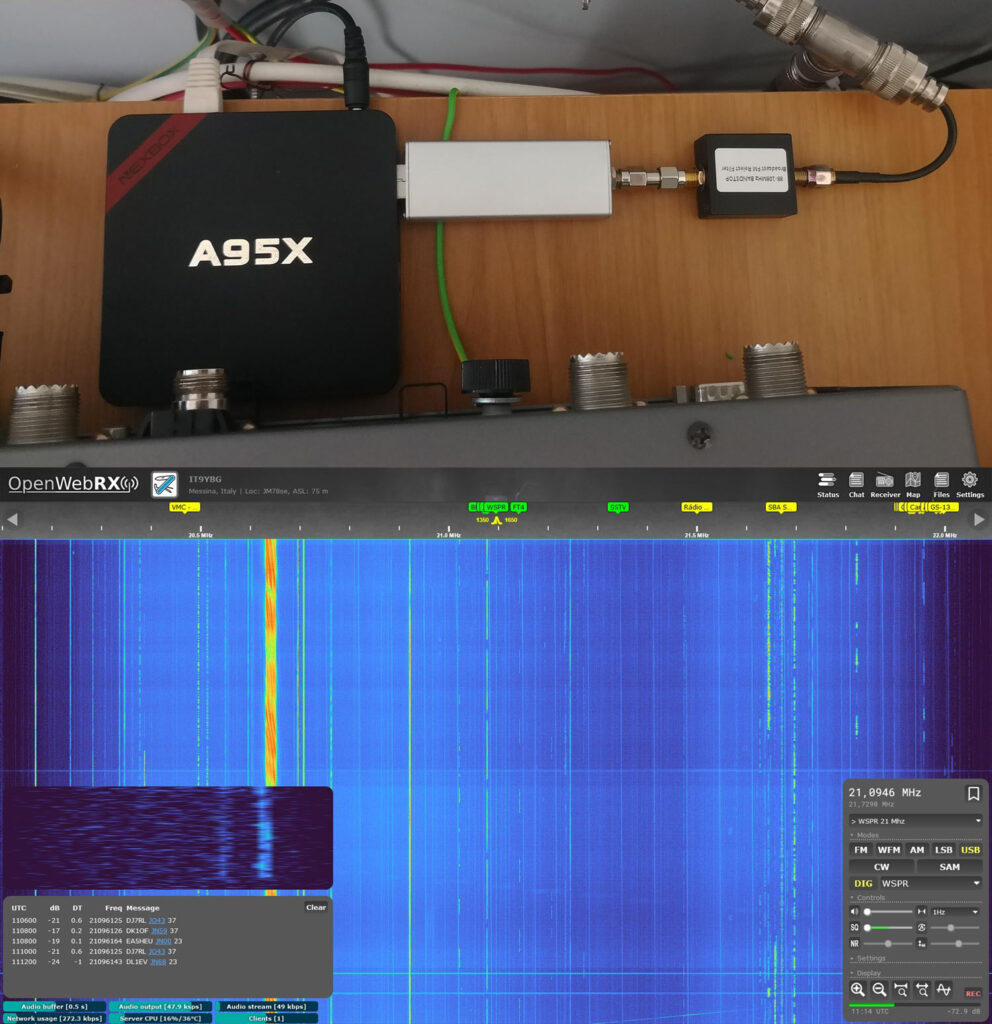Multiple Comprehensive Tutorials on Weather Satellite Decoding
Over on his website "Jacopo's Lair" IU1QPR (@original_lego11) who is also a developer for SatDump has written up many tutorials about weather satellite decoding that involve the use of SatDump. SatDump is a popular piece of software often used with RTL-SDRs and other low cost SDRs for decoding weather satellite images.
With a small satellite dish, feed, RTL-SDR and LNA+filter and the SatDump software it's possible and download beautiful images of the earth from many geostationary and polar orbiting weather satellites. We note that we are currently taking pre-orders on Crowd Supply for our Discovery Dish system, which is low cost hardware designed to help users get started with weather satellite reception.
Over on Reddit IU1QPR has created a listed summary of all the tutorials he's written. These are currently the most up to date and comprehensive tutorials that we have found on this topic. The tutorials cover everything from what satellites are available, what dish sizes you need, what SDRs can be used, what LNA+filter and other hardware you need, and how to use the SatDump software.
Satellite reception and decoding
- APT (NOAA POES) satellites
- LRPT (METEOR-M) satellites
- HRPT satellites
- NOAA 2 satellite
- CORIOLIS satelliteWARNING: CORIOLIS has had a safing event, and is not transmitting data from WindSat currently.
- S-band satellites reception guide
Automated stations
- Automated weather satellite receiving station on Windows (meant mostly as a replacement for the outdated Orbitron/DDEClient/SDR#/WXtoIMG stations)
- NEWAutomated weather satellite station on Linux/Raspberry Pi (Please send feedback!)
SatDump usage
All have been moved to SatDump's documentation page
Satellite data processing and usage
- Predict the weather with satellite imagery you received! (still WIP, will be updated regularly as more and more features are added to SatDump)

